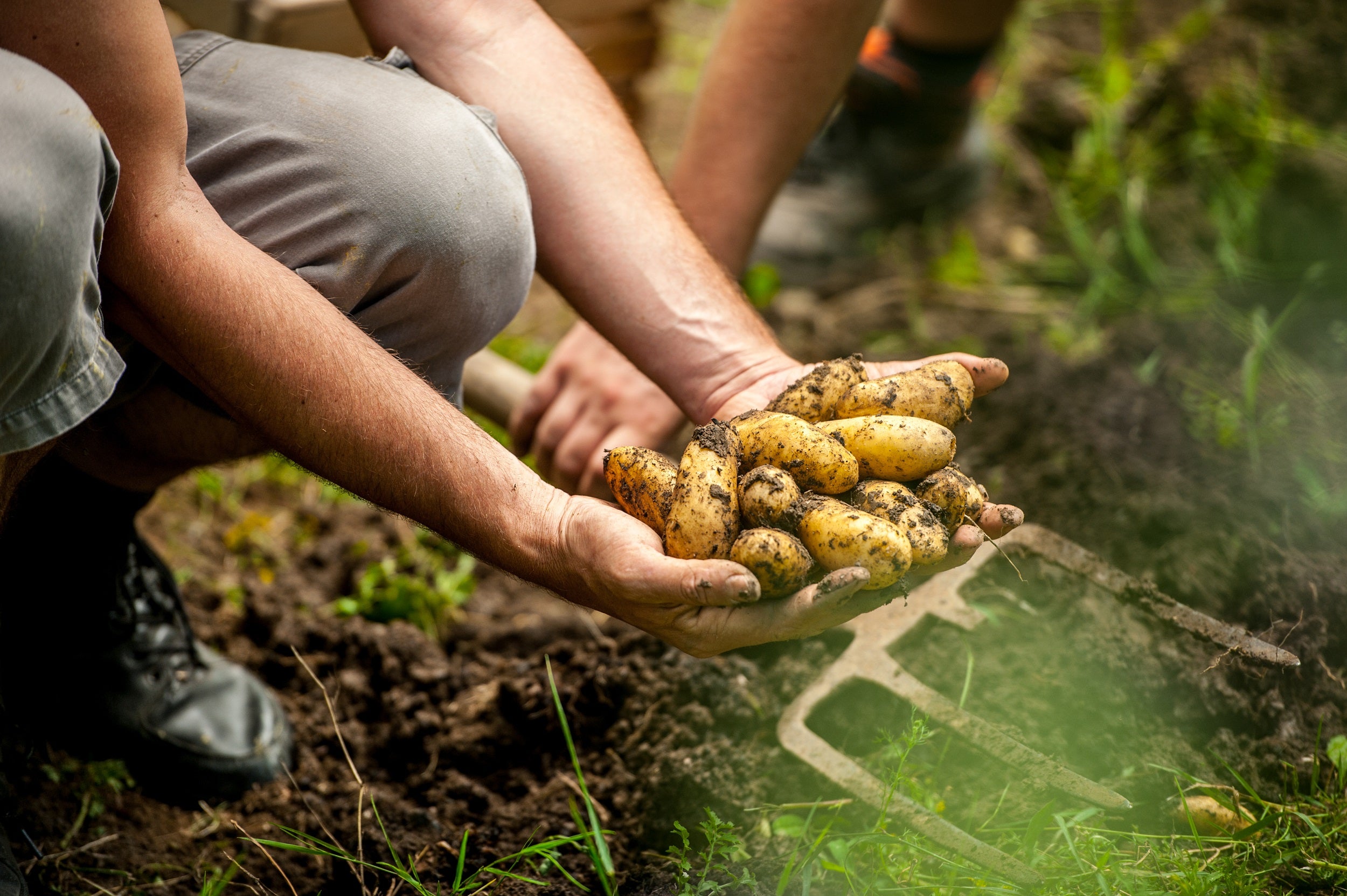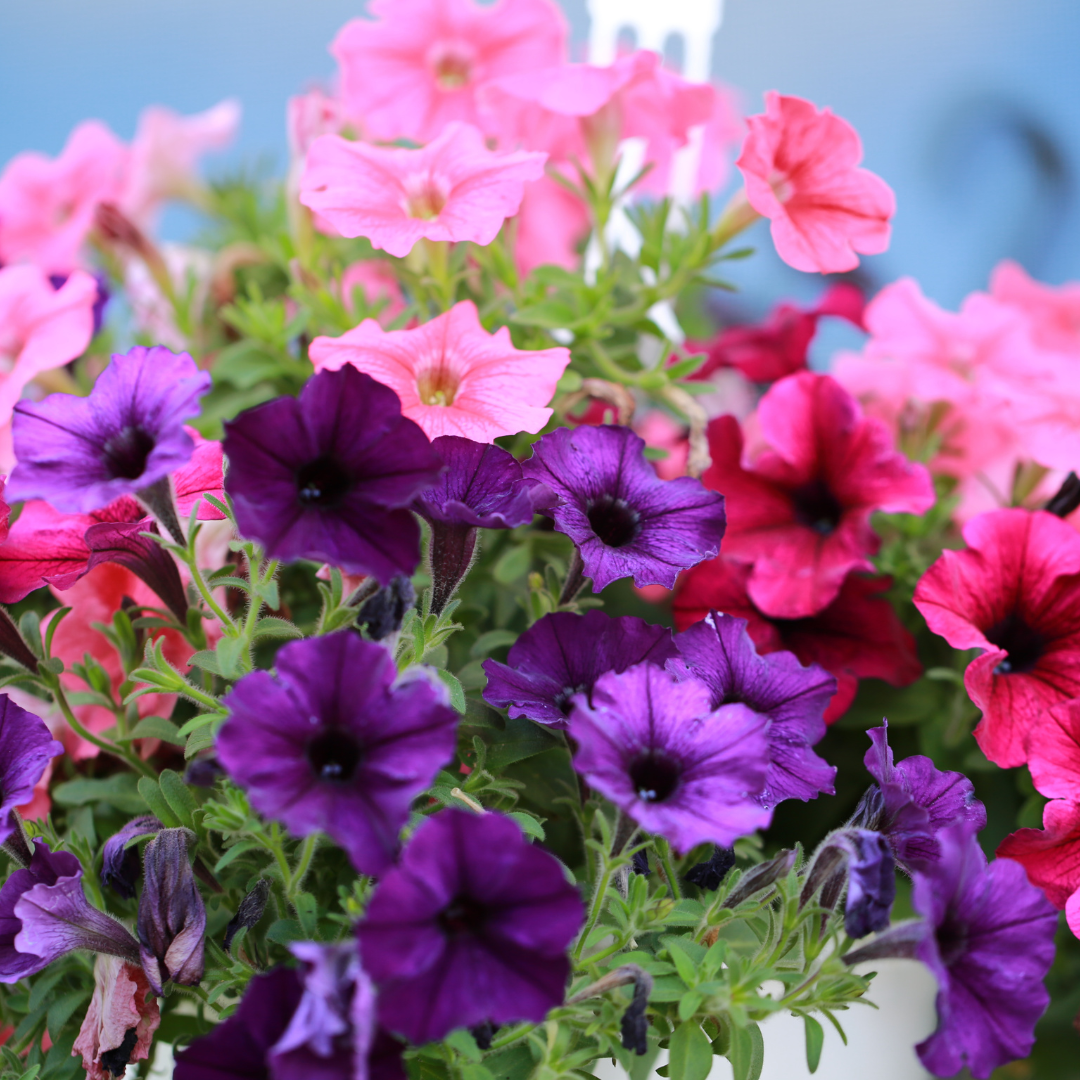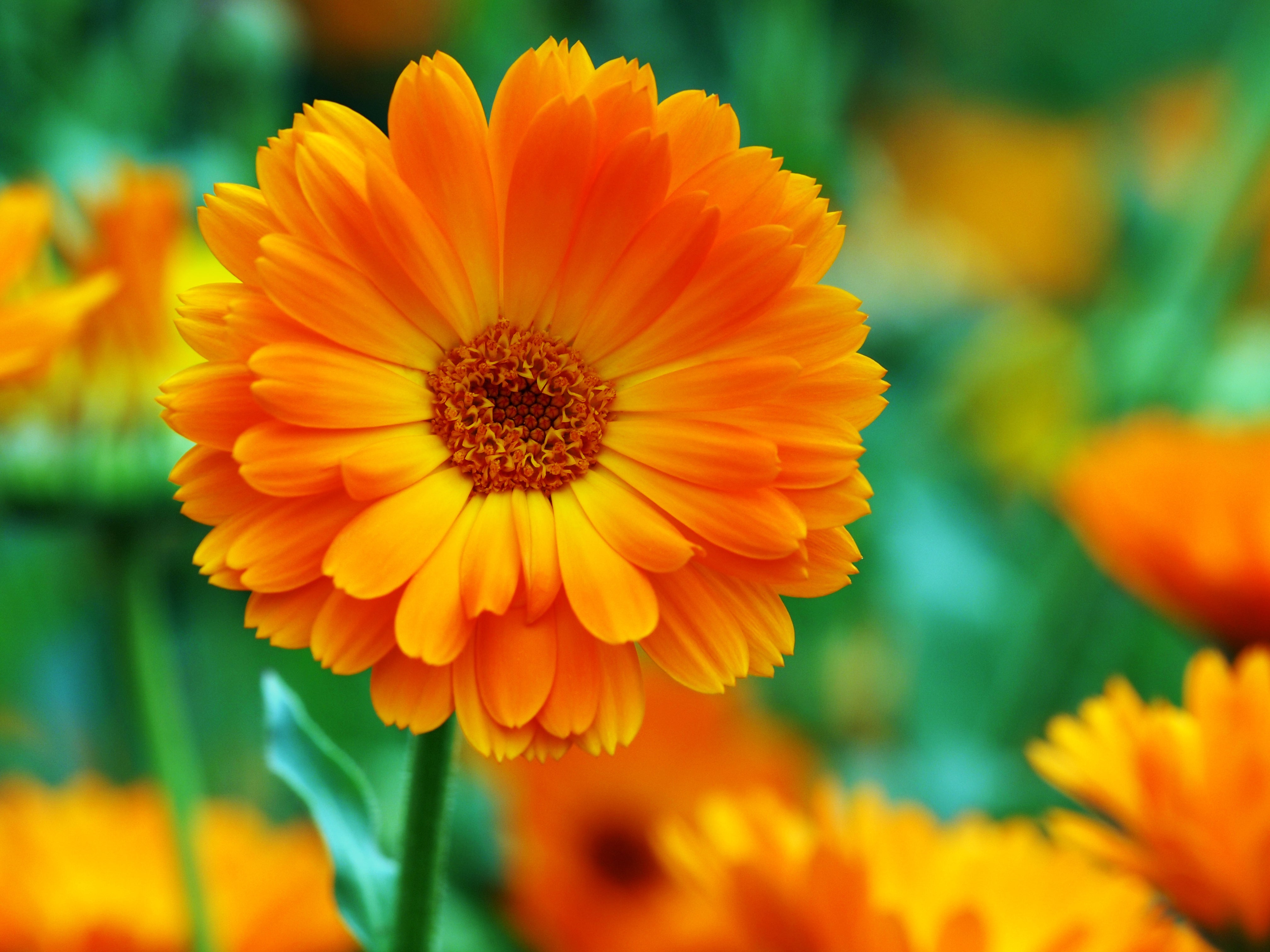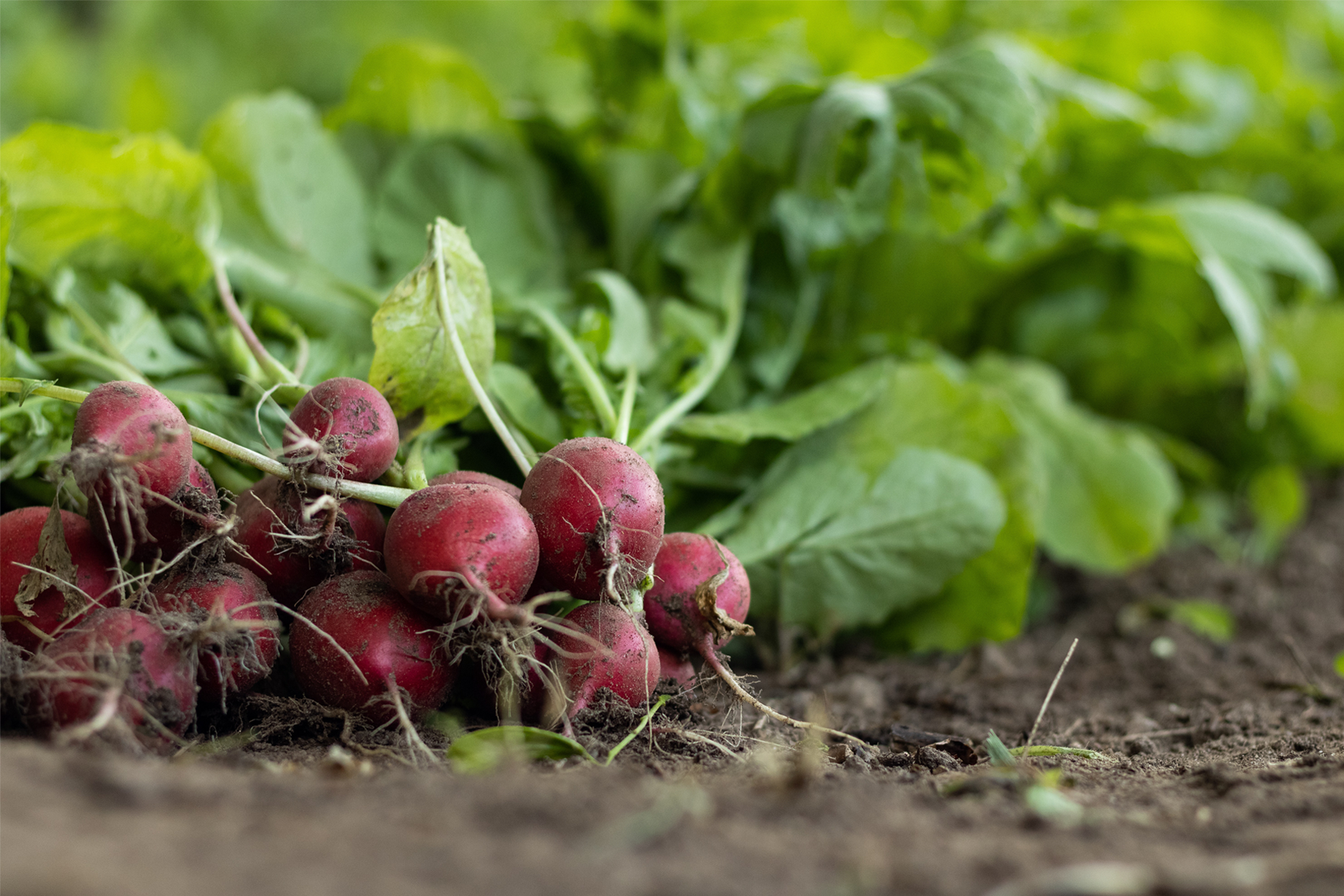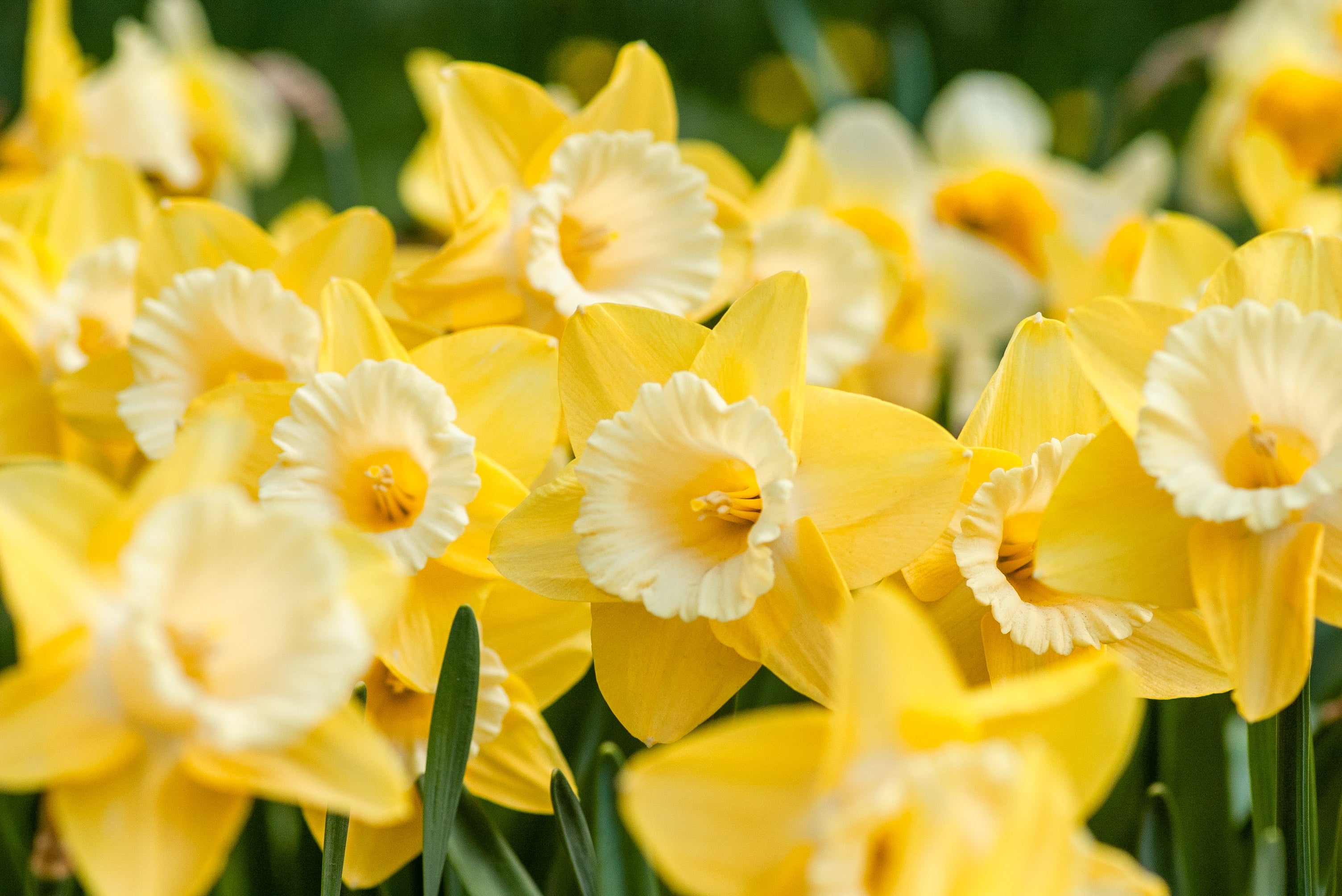There are so many reasons why you should grow potatoes. High in fibre, rich in vitamin B and C and with more protein and iron than any other vegetable – potatoes are a meal in themselves and loads of fun to grow. Potatoes are easy to grow especially the new early varieties which mature quickly, are disease resistant and require less space to grow that the main crop varieties.
To get a bumper crop always use certified virus free seed potatoes and plant after frosts have passed in early spring through to early summer.
Seed potatoes need to sprout before they can be planted which can take 4 to 6 weeks. Lay the seed potatoes out in a single layer on a seed tray or egg carton in a warm sunny spot. The potatoes will turn green and sprouts will appear from the eyes (small buds) which grow into shoots. When the shoots are 3-4cm long they are ready to plant.

Planting in your Garden
Choose a sunny sheltered spot with well draining soil. Potatoes are gross feeders so we recommend digging in Tui Potato Fertiliser (which is low in nitrogen to aid tuber growth) at a rate of 100g per square metre along with some compost. Do not plant potatoes in the same place each year and do not plant where tomatoes were planted last year.
Plant the sprouted seed potatoes in furrows (rows of small trenches) about 15 cm deep and 80cm apart. Place seed potatoes 25cm apart with the sprouts pointing up and cover carefully with soil. As the shoots pop up through the soil mound the soil around the shoots until the potato branches start to flower. As the potatoes grow on the shoots mounding up, the soil will keep the growing potatoes (tubers) from going green and protect them from pests.
Throughout the growing season potatoes require regular feeding and watering in between the trenches not on the foliage as this may cause blight, a fungal disease. The potato mounds also need to be kept weed free. Early varieties are ready for harvest when the flowers are fully open (3-4 months after planting) Rocket potatoes do not flower so monitor progress by length of time instead.
Main crop varieties are best planted in November and ready to harvest once all the foliage has died back in late March. To dig up your potatoes gently use a fork and your hands to lift the plants and potatoes (tubers) taking care not to damage them. Damaged potatoes won’t store well.
Store potatoes in a cool, dark place like a sack or paper bag and do not expose them to light.

Planting in Containers
To grow potatoes in containers place 10cm of garden mix in the bottom and lay about 5 sprouted seed potatoes on top with the sprouts pointing up. Cover with about 5cm of soil and water well. As sprouts pop up through the soil continue to cover with garden mix until you reach the top of your container. Place in a sheltered sunny spot and ensure that the pot does not dry out with regular watering, try not to get the foliage wet. At harvesting time simply tip the pot over onto a tarpaulin to reveal your crop – Kids love getting involved in this.Pests and Diseases
Potatoes do require a little attention to ensure they remain pest and disease free. Late blight is a disease that can affect potatoes early in the season when day temperatures are warm and humid and night temperatures are cool, or late in the season with the autumn rain. Irregular brownish black patches will appear on leaves and the stalk, eventually covering the whole plant. Use a preventative save spray such as FreeFlo Copper at regular intervals. The Potato Tuber Moth’s larvae cause holes in the leaves and tunnels in the stems and tubers. Mounding prevents the moth reaching the potatoes and laying its eggs. Aphids can be a problem – control with Kiwicare Organic Insect Control. Palmers handy hint – For new potatoes at Christmas time, the most reliable cropping varieties to plant are Swift, Rocket, Cliffs Kidney, Jersey Benne, Maris Anchor and Ilam Hardy. These varieties are also good for container growing. Plant seed potatoes in mid-September, ready for harvest on Christmas day.| Variety | Early | Main |
| Swift – Ready 60 – 90 days from planting. Cream to yellow flesh. Good flavour, good boiler |
✓ |
|
| Rocket – Ready 60 – 90 days from planting. White flesh. Big round potato |
✓ |
|
| Cliffs Kidney – Creamy yellow flesh. Kidney shaped. Good boiler. Ready for Christmas |
✓ |
|
| Jersey Benne – White flesh. Distinctive flavour, waxy texture. Excellent for boiling and mashing |
✓ |
|
| Ilam Hardy – Reliable cropper. White flesh. Good for boiling, baking, frying. |
✓ |
✓ |
| Maris Anchor – Reliable cropper. White flesh. Excellent flavour, good all round variety. Stores well |
✓ |
✓ |
| Rua – Reliable cropper. White flesh. Firm texture. Excellent all-round variety. Stores well. |
✓ |
|
| Desiree – Red skin with yellow flesh. Good all round variety. Good chipping potato |
✓ |
|
| Red Rascal – Improved Desiree. Crimson skin, yellow flesh. Excellent baking and roasting potato |
✓ |
|
| Karaka – Bred in New Zealand. Reliable cropper. Excellent flavour. Good boiling, roasting and microwaving. |
✓ |

